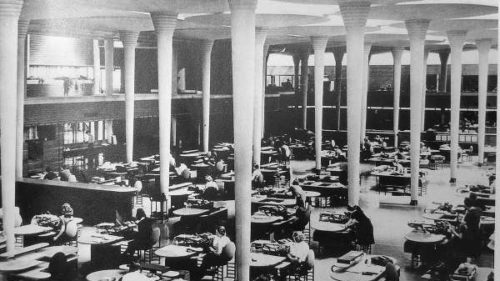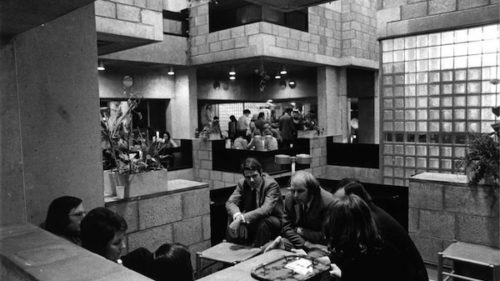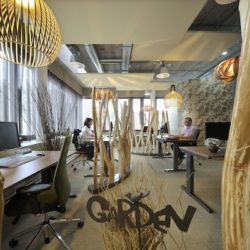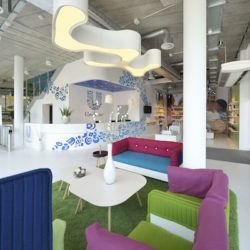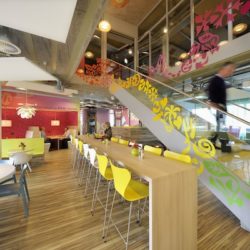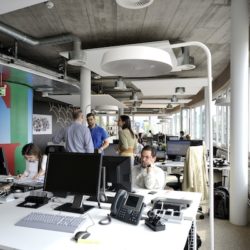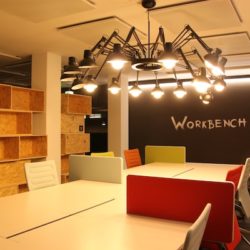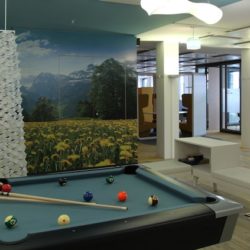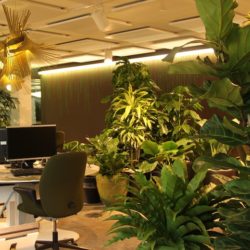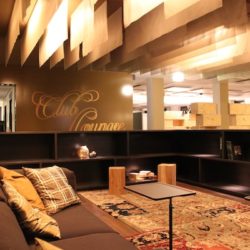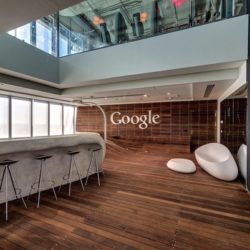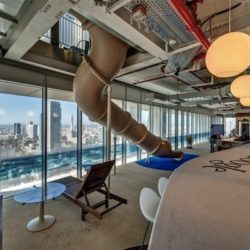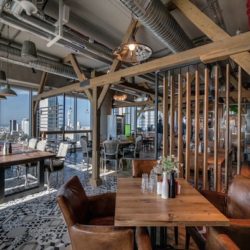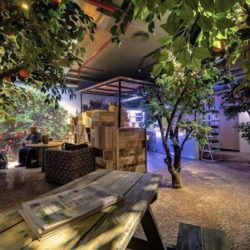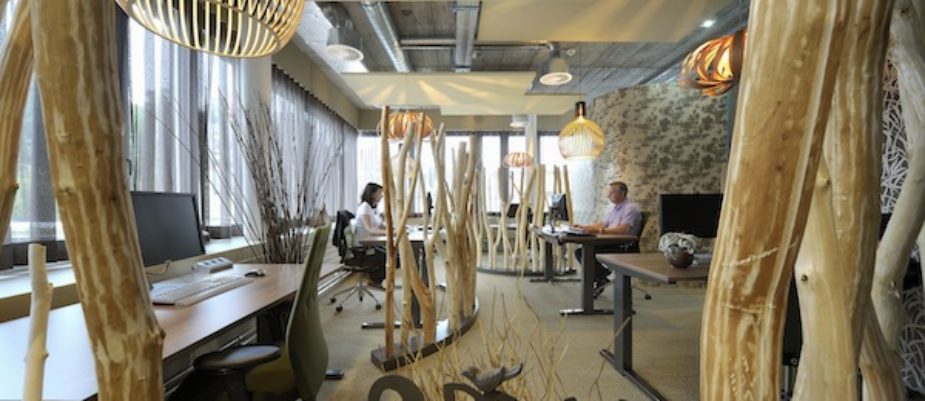
From the vilified open space inspired to the Taylor’s assembly line to the application of Lean Manufcturing, the Factory-Office is still all the rage; yet, together and alternating with other models followed by the latest workplaces: Club–Office, Theatre-Office, Restaurant-Office, City-Office, Entertainment-Office.
The office of the industrial era has always taken as model different “situations”.
The workplace planned as a Tayloristic factory is the clearest example and remains the basic concept even in the apparently chaotic space arrangement of the Landscape Office by Quickborner Team in the ‘70s when the paper was the only support of the information.
Since information has adopted other tools/technologies, that make the ordinary office models outdated, there have been all kinds of inspiration sources.
One model of “new” office is – and that’s a paradox!- by far the oldest office, the Bura (etymological origin of Bureau, Bureaucracy), that rough cloth the medieval merchant laid on their market stall at the end of the day, to calculate the earnings and start the administration. The Bura, however, doesn’t include the basic component of today’s workplace: collaboration. The attention moves from “I” to “We”.
So they are all hunting for more inspirations: the City, since the Centraal Beheer by Herman Hertzberger in the ‘70s with various evolutions; the Theatre: the office as a shall technologically pre-arranged for several sets: the Self- Service Restaurant, the Domestic Office, while Club, Hive, Den, Cell Offices ( so called by Frank Duffy, one of the DEGW founders) are also being designed. But the prevailing model, the one that better reflects the Smart Working organization, is the Entertainment-Office, with symbols and objects coming from leisure time, a park with recreational facilities. The Swiss architects group Camenzind Evolution. is the absolute promoter of this philosophy of workplace not only implemented in the Google offices, but also in more “serious” companies like Credit Suisse or Unilever.
The playful environment is amazing, lots of pinball machines, the basket, the slide or the minigolf, fitness, lounge areas and other rooms for a Creative Idleness.
After so many metaphors and digressions on the theme, it seems that also the Factory—Office has come back into fashion, revised and corrected on the Toyota model. Space optimization and functionality obtained by cutting costs and wastes, is still the basic concept; and as imposed by ethics and economy “To do more with less” can be understood even in an eco-friendly meaning.
Text by Renata Sias, editor of WOW! Webmagazine
Captions
Upper photo: Unilever, Schaffhausen, design by Camenzind Evolution, 2011 (Ph. Peter Würmli, courtesy Camenzind Evolution).
1The medieval Bura, first example of flexible and nomadic office.
2 Open space office Johnson Wax Building by Frank Lloyd Wright (Racine, Wisconsin- USA 1936-39).
3 An example of Buerolandshaft designed by Quickborner Team in the ‘70s.
4 Centraal Beheer by Herman Hertzberger, Apeldoorn , The Netherlands, 1970-72.
5-8 Credit Suisse AG, Zurich design by Camenzind Evolution, 2010 (Ph. Camenzind Evolution).
9-12 Unilever, Schaffhausen, design by Camenzind Evolution, 2011 (Ph. Peter Würmli, courtesy Camenzind Evolution).
13-16 Google Israel Office, Tel Aviv, design by Camenzind Evolution, Dicembre 2012 (Ph. Itay Sikolski, courtesy Camenzind Evolution).

